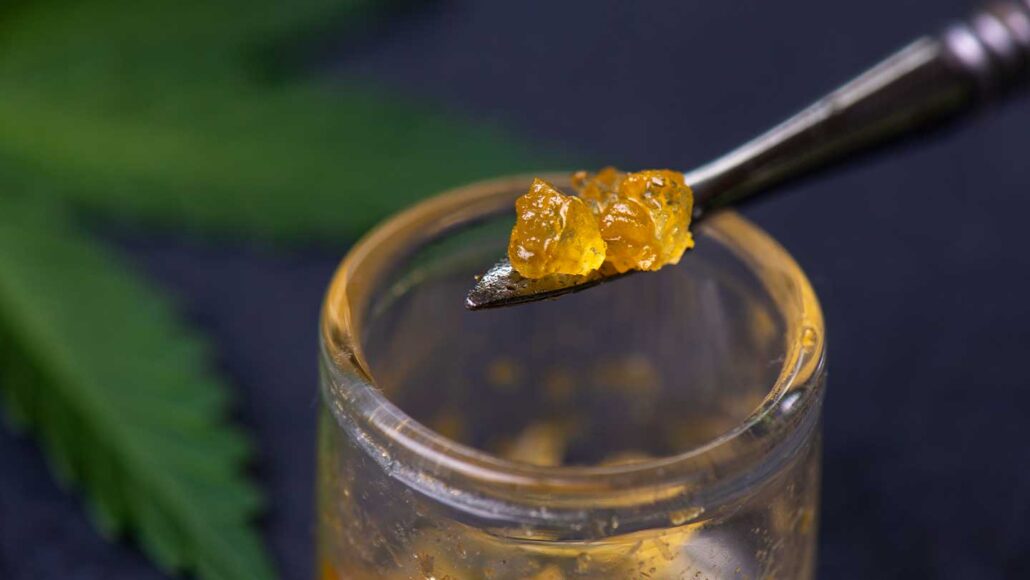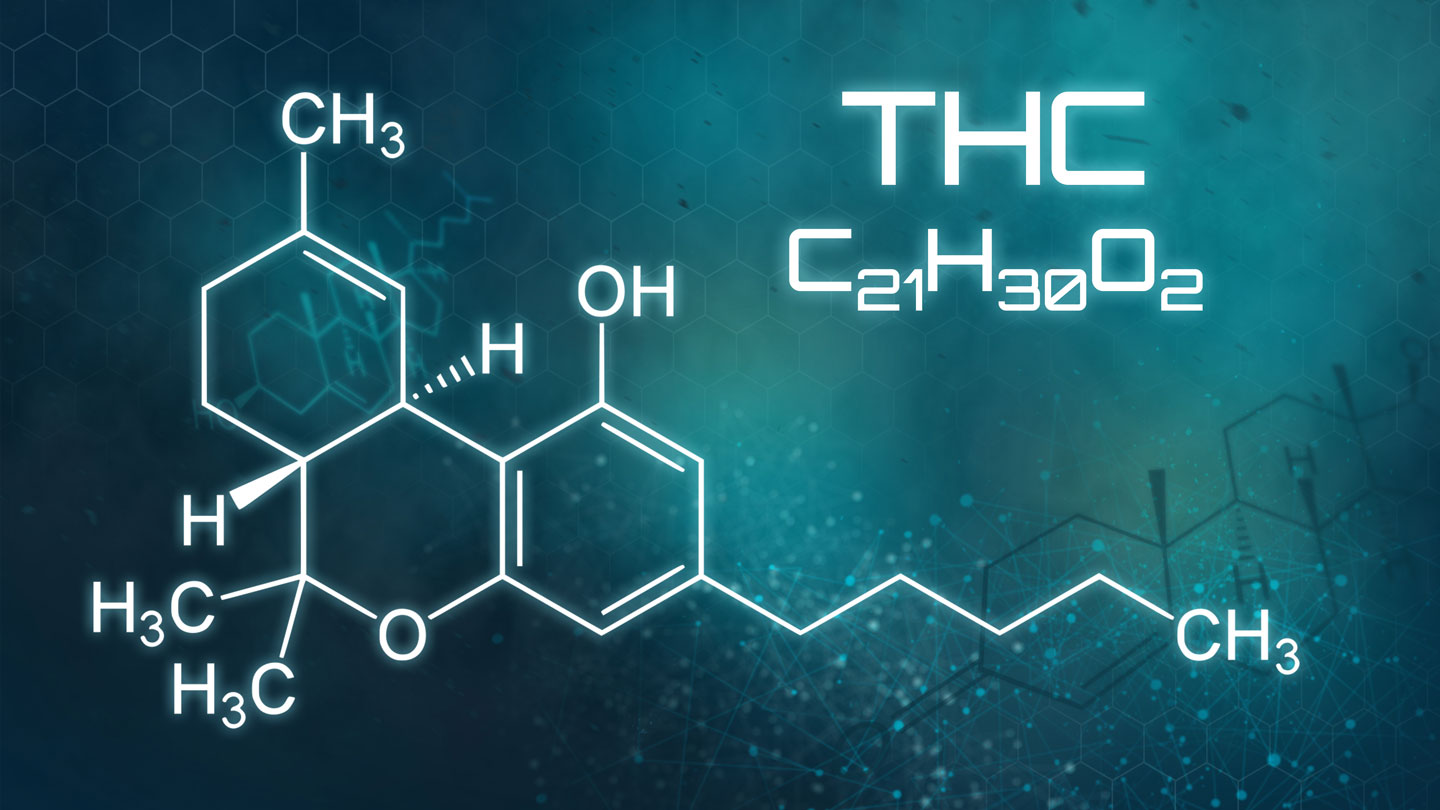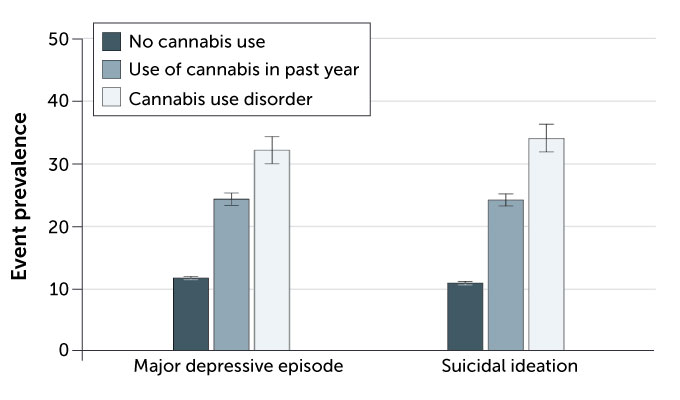The teen brain is especially vulnerable to the harms of cannabis
Cannabis can put teens at risk of impaired brain development, addiction and psychosis

Concentrated cannabis products, such as waxes, budder and shatter, are produced by extracting chemicals from the marijuana plant. Such concentrated products can have a THC potency as high as 95 percent.
rgbspace/iStock/Getty Images Plus
When you think about drugs that pose major health risks, what comes to mind? Maybe the nicotine in cigarettes. Maybe alcohol, or cocaine or fentanyl. Many teens know about the dangers of those drugs. But there’s one substance whose health risks many teens overlook. And that’s cannabis, or marijuana.
Only 35 percent of 12- to 17-year-olds perceive a “great risk of harm” from smoking marijuana once or twice a week. That’s according to the 2021 National Survey on Drug Use and Health.
The fact that cannabis is now widely available to adults “promotes the idea that it’s safe,” says Beth Ebel. She’s a pediatrician at the University of Washington School of Medicine. She also works at Seattle Children’s Hospital. Cannabis is legal for adults to use for medical reasons in 38 states and Washington, D.C. Casual use for adults is allowed in 24 states and D.C. But this availability doesn’t equal safety, Ebel notes.
THC, or delta-9-tetrahydrocannabinol (DEL-tuh 9 Teh-truh-HY-droh-kih-NAB-ih-nawl), is the main chemical that makes someone feel “high” when using cannabis. That THC can affect brain chemistry “in a way that wasn’t intended,” Ebel says. “Some of the worst effects,” she notes, “can have lifelong health consequences.” This is true, she adds, “especially for a young person.” Addiction is one problem. Another is psychosis (Sy-KOH-sis) — a group of symptoms that can include seeing or hearing things that aren’t real.

Teens who use marijuana today may be at greater risk of experiencing those harms than did teens who used it in the past. The reason? Marijuana plants have been bred to contain much more THC.
In 1995, THC made up around 4 percent of the weight of marijuana plant material. Today, marijuana is available with a THC potency of 20 percent or more. Even more potent are concentrated cannabis products — such as wax, budder and shatter. They can have a THC potency as high as 95 percent.
The potency of concentrated cannabis products makes them a lot different from such products in the past. “We need to start calling them something else,” says Yasmin Hurd. She’s a neuroscientist at the Icahn School of Medicine at Mount Sinai in New York City. “These are new drugs,” she emphasizes.
How does THC affect the teen brain?
Adolescence is an especially risky time to use cannabis — or any drug, for that matter.
“The adolescent brain is still developing into early adulthood,” Hurd says. During this time, a lot of brain changes are taking place. New connections are forming between some nerve cells, while other existing connections are getting stronger. And some connections the brain no longer needs are pruned.
“Your brain is trying to figure out, ‘What is important that I need to learn? And what is important that I need to retain?’” Ebel says. This process is “negatively affected by THC.”
THC interacts with the endocannabinoid system. This system influences many functions in the body. It plays a crucial role in brain development. It also helps control anxiety, pain, memory and motivation. It’s involved in structural changes that occur as teen brains mature. It can even be turned on by eating fatty foods.
THC can interfere with chemical signaling in the endocannabinoid system. In adolescence, that can leave an imprint on the brain’s structure. Studies in animals have hinted at the effects this can have. They suggest that being exposed to THC in your teen years can lead to long-lasting problems with memory and learning.
In one 2019 study, Hurd’s team injected THC into adolescent rats. The researchers then looked at a brain region called the prefrontal cortex. This area matures during adolescence. And it’s key for problem-solving and emotional regulation. In THC-treated rats, links between nerve cells in this part of the brain were disrupted.
Studies in people offer more evidence of THC’s effects on the teen brain. One 2021 study inspected nearly 1,600 MRI scans of the brain. The scans came from nearly 800 teens. The scans took place when they were around 14 years old. The participants had a second scan five years later. Teens who used cannabis showed faster thinning in their prefrontal cortex from one scan to the next.
Some cortical thinning is normal in teens. It’s likely tied to the pruning of underused connections between brain cells. But the quicker thinning seen among teens who used marijuana wasn’t normal. That sped-up thinning might be due to disrupted nerve cell connections, as had been seen in the rat study.
Marijuana use linked to harmful mental-health changes
Using cannabis puts teens’ mental health at risk. That’s even true for casual users.
The risks are highest for teens who develop cannabis-use disorder. This causes people to struggle to stop using cannabis. They struggle even when it causes health or other problems in their lives.
Last May, researchers shared the results of a study on more than 68,000 kids. All were 12 to 17 years old. Some used cannabis but their use did not rise to the level of cannabis-use disorder. People in this group were about twice as likely to develop depression or have suicidal thoughts as were those who didn’t use cannabis. (Similar findings showed up in a 2024 study of 15,000 high-school students in Massachusetts.)
Other participants in last May’s study did have cannabis-use disorder. These young people were 2.5 times as likely to have depression as those who didn’t use cannabis. They were 3 times as likely to have suicidal thoughts.
Cannabis and mental health
A recent study looked at the frequency — or prevalence — of teens having mental-health problems. Adolescents who met the diagnosis for cannabis-use disorder had a higher rate of depression and suicidal thoughts than did those who didn’t use cannabis. Even adolescents who weren’t addicted to cannabis (but used it occasionally) had a higher prevalence of depression and suicidal thoughts than those who didn’t use cannabis.

Someone who starts using cannabis as a teen is more likely to become dependent on the drug than someone who starts using as an adult. The same is true for other drugs, such as alcohol, cocaine and nicotine.
A 2021 study compared people who started using cannabis as kids to those who started as young adults. Six percent of young adults had cannabis-use disorder within a year of starting use. But nearly twice as many adolescents — 11 percent — developed cannabis-use disorder within a year.
Many teens turn to marijuana as a coping mechanism. In 2019, researchers shared a study looking into what motivated high-school seniors to use cannabis. Reasons related to coping had become about twice as common in the last four decades, they found. These reasons include trying to escape problems, relieve tension or deal with anger.
Researcher Kelly Young-Wolff is a licensed clinical psychologist. She works for Kaiser Permanente Northern California’s research division in Oakland. And she’s been looking at how the legalization of cannabis for California adults has affected teen health.
Young-Wolff talked to health-care providers who work with adolescents. They told her that many of their patients who use cannabis said they were trying to relieve depression or anxiety.
Ebel has seen this too. But as the drug wears off, users are more anxious than they had been before. “It drives a cycle that drives increased use,” she says.
And when marijuana becomes part of a teen’s daily life, it can change their future.
In 2014, researchers shared a study of young people in Australia and New Zealand. It had compared how often people used cannabis before age 17 to what their lives were like by age 30. Compared to teens who never used cannabis, those who used it daily were more likely to use other drugs. They were also more likely to attempt suicide. And they were less likely to finish high school.
Cannabis addiction is also tied to the development of schizophrenia. This is a severe brain disorder that can cause people to lose touch with reality.
A May 2023 study examined the medical records of nearly 7 million Danish people between the ages of 16 and 49. It turned up a link between cannabis-use disorder and new cases of schizophrenia. The link was stronger for males, especially those 16 to 25 years old.
The risks of using concentrated cannabis products
Smoking marijuana is the most common way teens use cannabis. But more young people are now vaping cannabis concentrates.
One 2020 study looked at high-school seniors who said they’d used cannabis in the last year. As of 2015, 95 percent of those teens said they’d smoked cannabis. At that time, a bit more than one in every four of them (26 percent) said they’d vaped it. In 2018, the share of those who’d smoked cannabis had dropped to 90 percent. Meanwhile, the share of those who’d vaped cannabis rose — to more than one in three (34 percent).
Daily use was more common among those who vaped, at 29 percent. Among those who smoked, only 18 percent were daily users.
There is some evidence that high-potency THC products up the risk of psychosis. This is a main feature of schizophrenia.
One 2019 study compared adults who used high-potency cannabis daily to those who didn’t use it. High-potency users had nearly five times the risk of psychosis. (In this study, “high potency” was defined as having 10 percent THC or higher.)
Sometimes high-potency cannabis can cause abdominal pain, nausea and repeated vomiting. It’s known as cannabis hyperemesis syndrome. And rates of this are also rising. One recent Canadian study looked at emergency room visits for this syndrome. Visits for that condition were about 13 times as high in 2021 as they had been seven years earlier.
Concentrated-cannabis products are largely unstudied, Ebel says. And they “pose new and alarming health risks.”
Hurd agrees. We don’t know the full impact on health from high-potency products, she says. So today’s users are essentially guinea pigs when it comes to understanding this.







